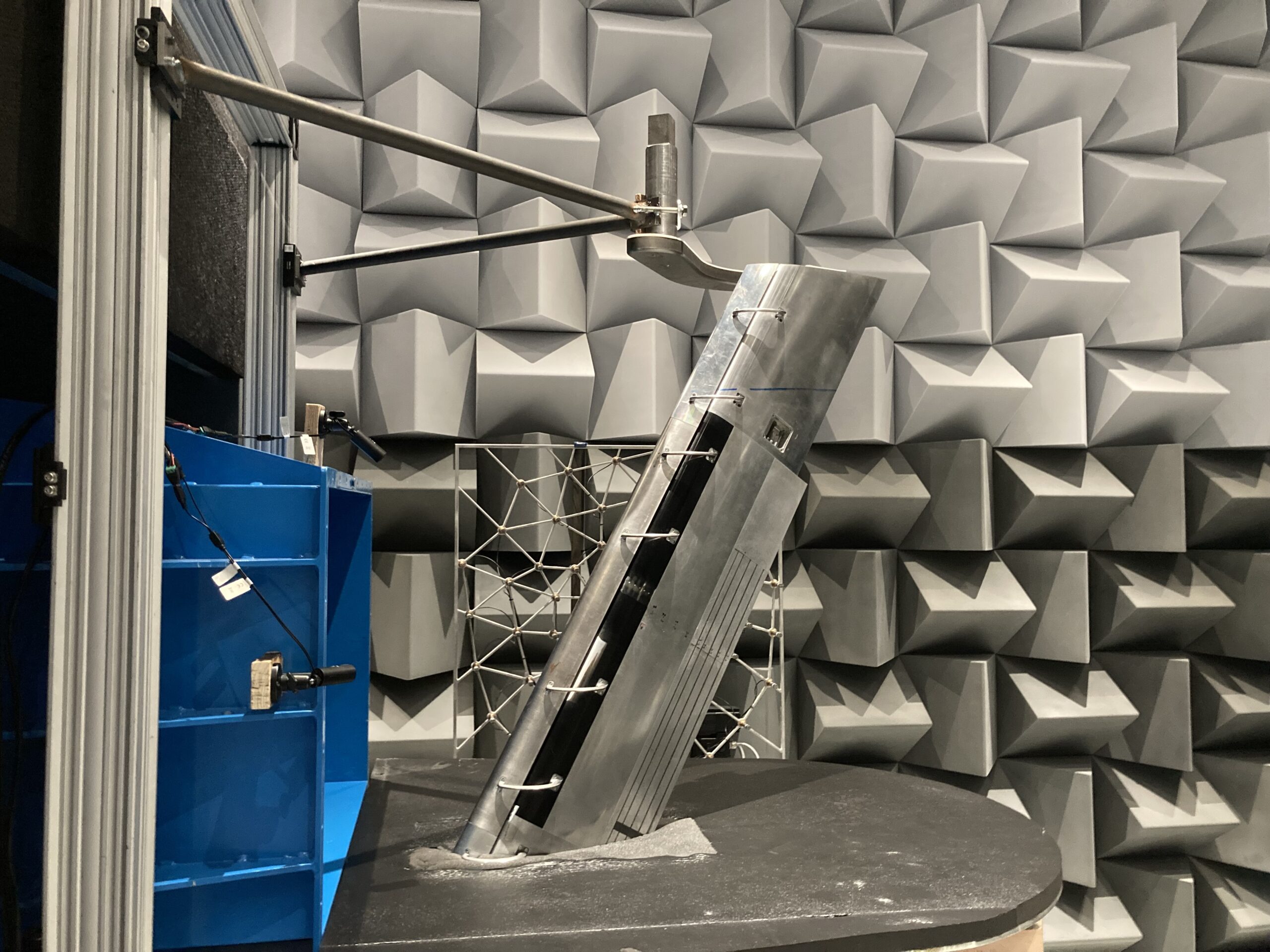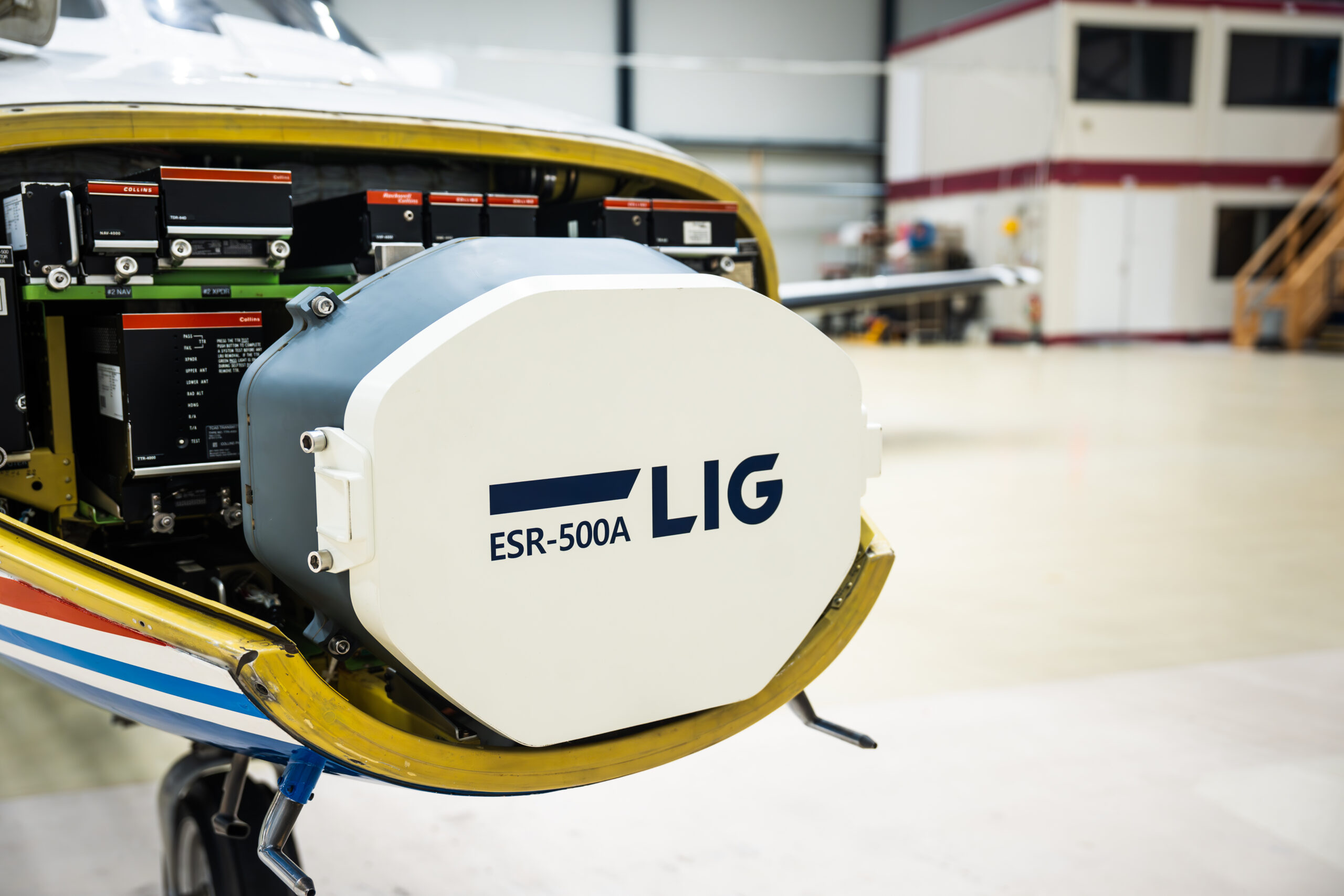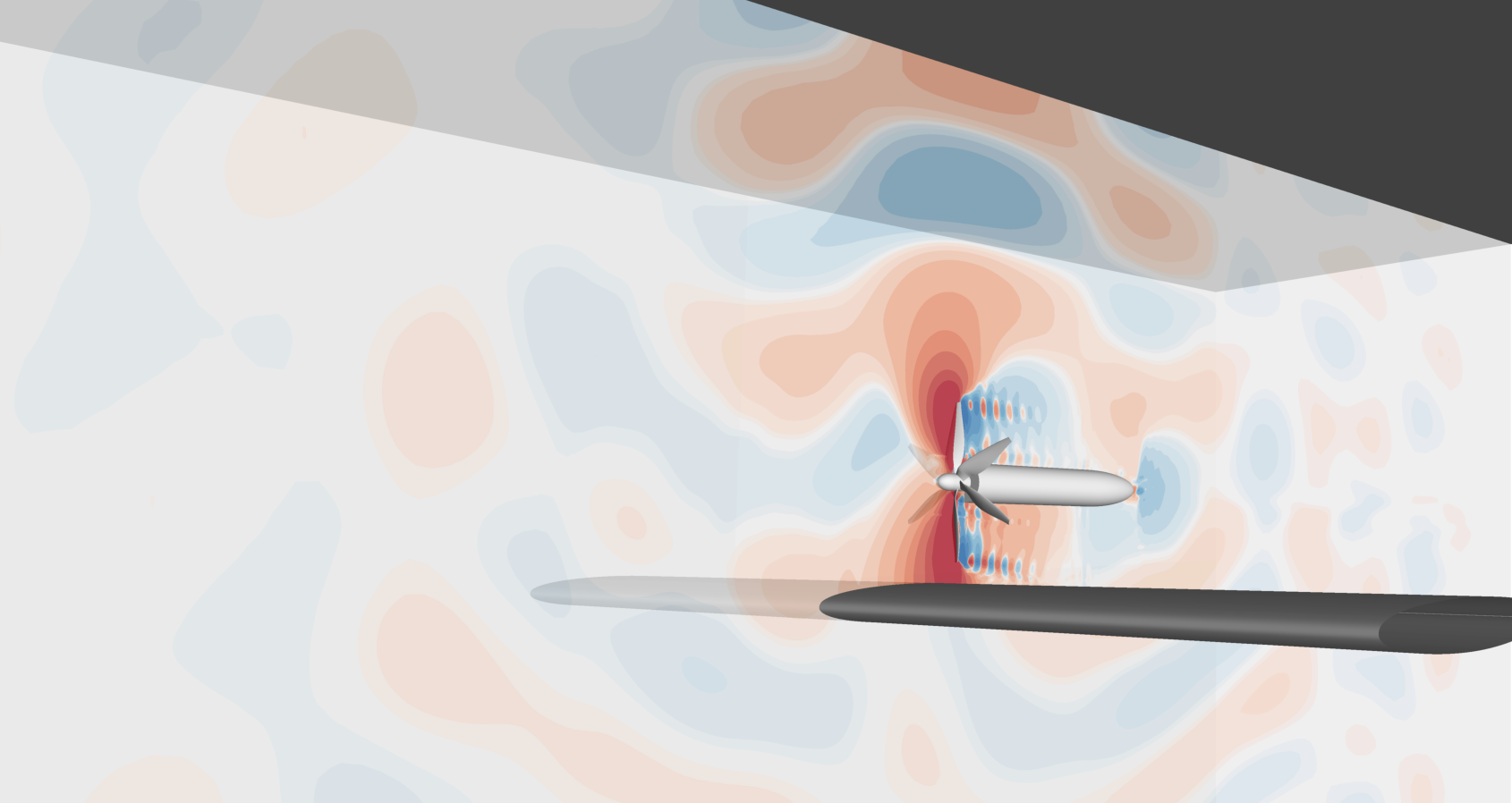Project: BRAVA (Breakthrough fuel cell technologies for aviation)
In the BRAVA project, technologies for a fuel cell-based power generation system (PGS) for aircraft are being developed. Since fuel cells generate a substantial amount of waste heat, a cooling system is required to remove this heat, which in turn accounts for a significant portion of the total system mass. Therefore, minimising the mass of the cooling system is of paramount importance. This demonstrator will contribute to bringing flying on hydrogen a significant step closer.
The challenge
Conventional cooling systems employ a liquid (typically a glycol-water mixture) that is circulated by a pump to cool the fuel cells. However, this traditional approach results in a system mass that is too high for aircraft applications. Furthermore, the liquid is susceptible to freezing under cold conditions, which poses an additional challenge. To address these limitations, the BRAVA project is developing a novel cooling system demonstrator that aims to achieve at least a 20% reduction in mass, a 50% reduction in pump power, and eliminate freezing issues.
The solution
The mass of the cooling system and the required pump power can be substantially reduced by leveraging the heat of evaporation of a liquid. In a two-phase cooling system, where the term ‘two-phase’ refers to the phase transition of the fluid from liquid to vapour, a pump circulates a fluid that evaporates in the fuel cells while absorbing the waste heat. Detailed analyses reveal that the mass of a two-phase cooling system can be reduced by a factor of 2.4 (exceeding the target reduction of 20%) when a novel ‘no accumulator’ concept is employed. Moreover, the pump power is reduced by a factor of 8.
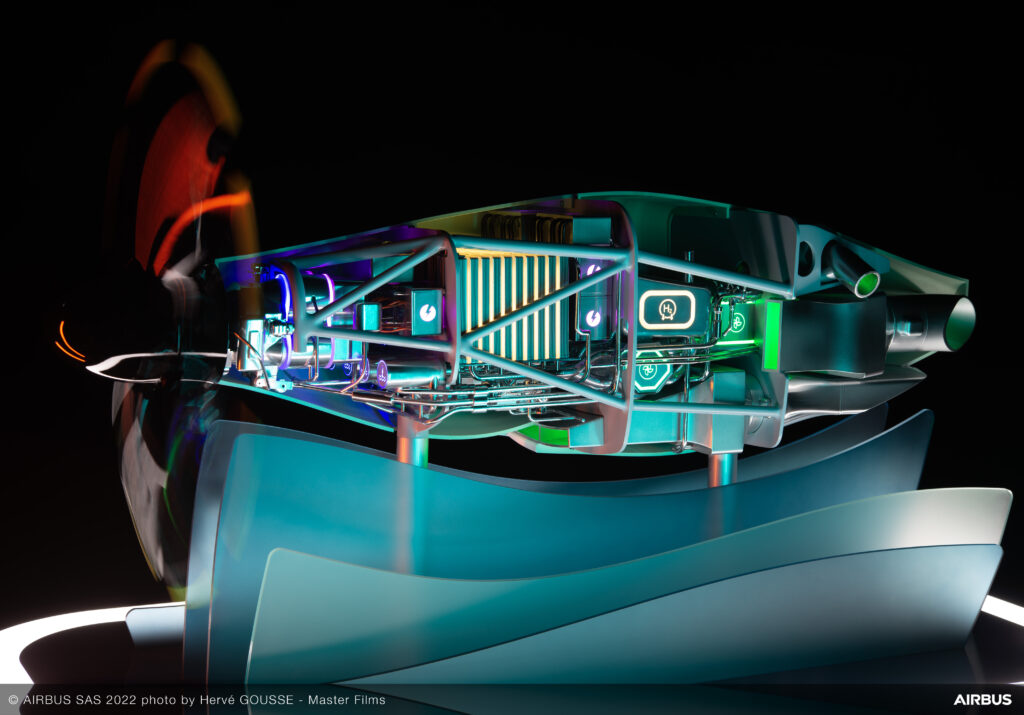
What did we do?
To investigate the feasibility of the two-phase cooling system with the ‘no accumulator’ concept, NLR designed and successfully tested a test setup with a 20 kW cooling capacity The results of these tests will be used to develop a 200 kW demonstrator in 2025.
The findings from the analyses and demonstrator will subsequently be utilised by Airbus to inform the design of a fuel cell-based PGS for aircraft capable of carrying up to 100 passengers over distances of up to 1,000 nautical miles.
Project partners:
Aerostack GmbH, Airbus Operations GmbH, Airbus Operations SL, CNRS, Heraeus Deutschalnd GmbH, Liebherr Aerospace Toulouse SAS, Madit Metal SL, Morpheus Designs SL, SYENSQO, Technische Universitat Berlin
Project timeline:
2023-2025
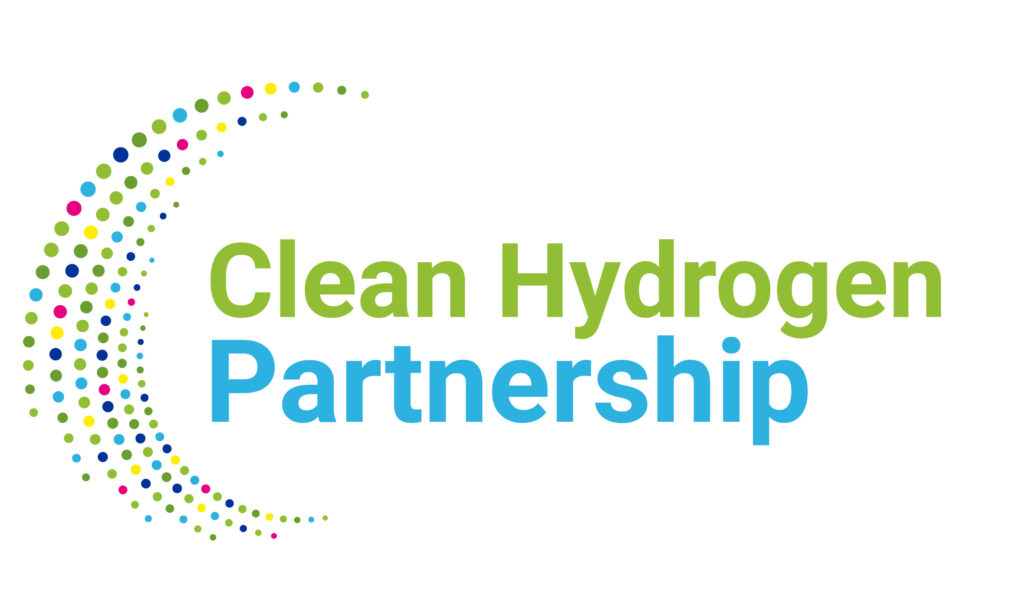

This project has received funding from the Clean Hydrogen Partnership under GA nr. 101101409

